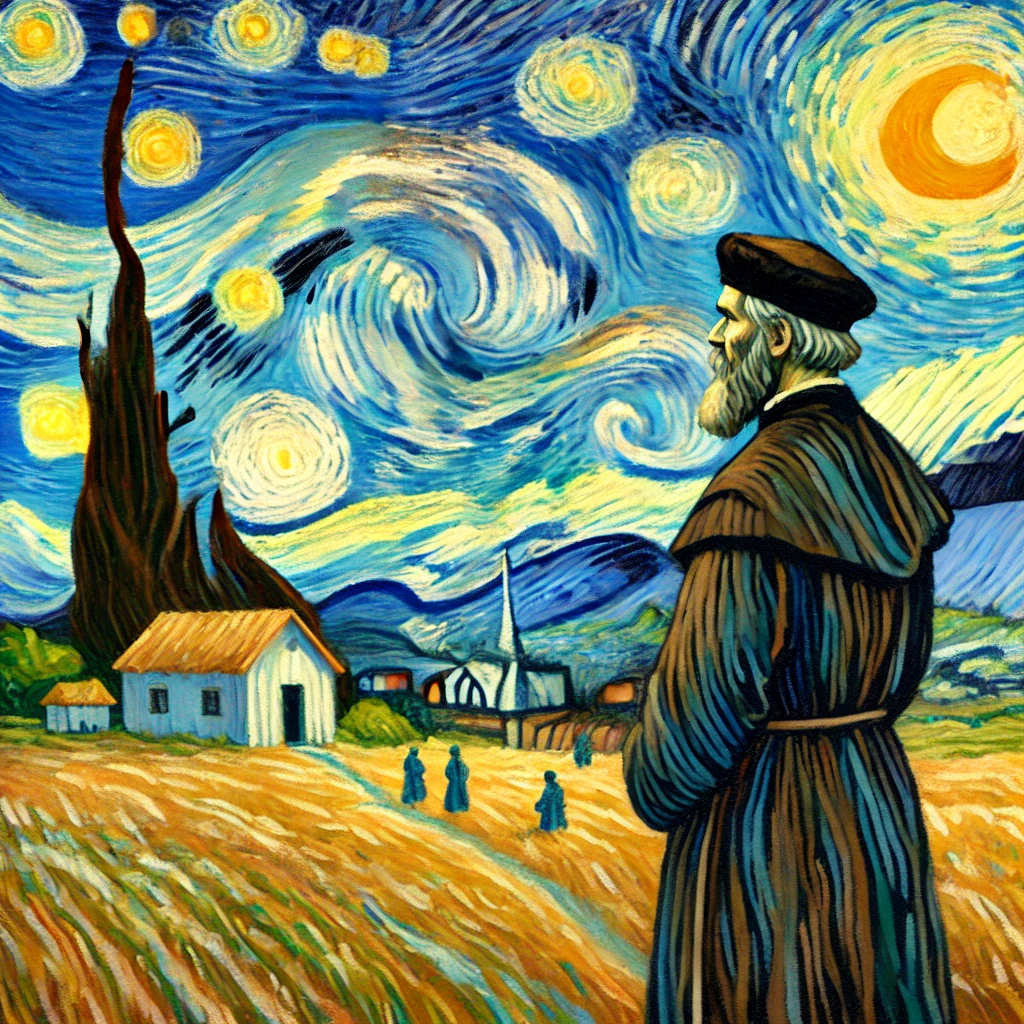Father Damien: A Life of Service Amidst Adversity
Father Damien dedicated his life to serving the leprosy patients of Molokai, facing intense opposition from society, religious institutions, and medical authorities. Despite false accusations and social rejection, he remained steadfast in his mission, proving that true compassion demands sacrifice.

Introduction
Few figures in history embody selfless service as profoundly as Father Damien. Born Jozef De Veuster in Belgium, he dedicated his life to serving the abandoned leprosy patients of Molokai, Hawaii. Though celebrated today as a symbol of compassion, his journey was fraught with immense challenges. Society’s perception of leprosy in the 19th century cast a long shadow over his work, bringing him into conflict with medical professionals, religious institutions, and the general public. His story is a powerful lens through which we can examine the impact of social exclusion, prejudice, and misrepresentation. By analyzing how he navigated these obstacles, we gain insights into resilience, moral conviction, and the power of unwavering faith.
Challenges He Faced
Father Damien’s mission to Molokai was met with multiple layers of opposition. His struggle was not just with the disease itself but with how society treated those afflicted by it.
- Association with the ‘Untouchables’ Leprosy, now known as Hansen’s disease, was poorly understood and highly stigmatized. Those diagnosed were forcibly sent to the remote Kalaupapa settlement in Molokai, condemned to a life of isolation. By choosing to live among them, Father Damien was seen as crossing an invisible societal boundary, associating himself with those whom the world had discarded.
- Religious and Institutional Criticism Despite being a Catholic priest, Damien faced resistance from his own church. Some officials saw his work as reckless, believing that aiding leprosy patients so directly was unnecessary and even dangerous. There was an unspoken belief that his work could reflect poorly on the Church if he contracted the disease himself.
- Accusations of Immorality His detractors spread unfounded rumors, suggesting that he was engaging in inappropriate relationships with those he served. This was a common tactic used against those challenging social norms, particularly against individuals who could not easily defend themselves. Damien’s deep emotional bond with his community was twisted into something sinister by those who sought to discredit him.
- Medical Dismissal When Damien eventually contracted leprosy, some medical professionals argued that it was due to his own negligence rather than his prolonged exposure. He was criticized for his approach, accused of lacking proper medical knowledge, and some even doubted whether he had the disease at all.
- Posthumous Dismissal Even after his death, his legacy was questioned. Some attempted to downplay his contributions, reducing his work to mere charity rather than a revolutionary stand against social exclusion. This undermined the systemic change he had fought for—namely, the humane treatment of those with leprosy.
How He Handled It
Father Damien faced these challenges not with defensiveness, but with resolute action. His response to adversity offers lessons in moral courage and personal integrity.
- Lived Among the Afflicted: Instead of working at a distance, he fully immersed himself in the community, sharing their struggles and showing the world their humanity.
- Built Infrastructure: He didn’t just provide spiritual guidance; he physically constructed homes, churches, and water systems to improve the quality of life for leprosy patients.
- Challenged Authorities: He frequently wrote to government and church officials demanding better treatment for his community, refusing to accept neglect as the norm.
- Publicly Acknowledged His Condition: Rather than hide his leprosy, he used it to further advocate for his people, ensuring they were not forgotten.
- Found Strength in Faith: He remained steadfast in his beliefs, using prayer and devotion to sustain himself through personal attacks and physical suffering.
- Died in Service: He stayed with his community until the end, proving through his actions that true compassion knows no boundaries.
Lessons We Can Learn
Father Damien’s life serves as a model for confronting societal bias and standing firm in the face of adversity. Here are some key lessons:
- Compassion Must Be Active: True empathy is not passive—it requires action, involvement, and personal sacrifice.
- The Right Path is Often the Lonely One: He chose service over social acceptance, reminding us that moral integrity often demands personal isolation.
- Challenge Injustice, Even When It’s the Norm: He refused to accept institutional neglect, proving that individuals can drive systemic change.
- Faith and Conviction Can Sustain Us: His unwavering faith gave him the strength to persist, a lesson in the power of belief in a cause greater than oneself.
- Legacy Outlives Opposition: Though he was criticized in life, history ultimately vindicated his efforts, showing that true impact is measured over time.
Conclusion
Father Damien’s life was one of sacrifice, service, and moral courage. He lived and died for a community that the world had abandoned, proving that love and solidarity can transcend fear and prejudice. Though he faced relentless criticism and personal hardship, he remained unwavering in his mission, becoming a timeless symbol of resilience and humanity. Today, he is recognized as a saint, not just by the Catholic Church but by anyone who values selfless devotion to the marginalized. His story compels us to ask: how far are we willing to go for what we believe is right?
